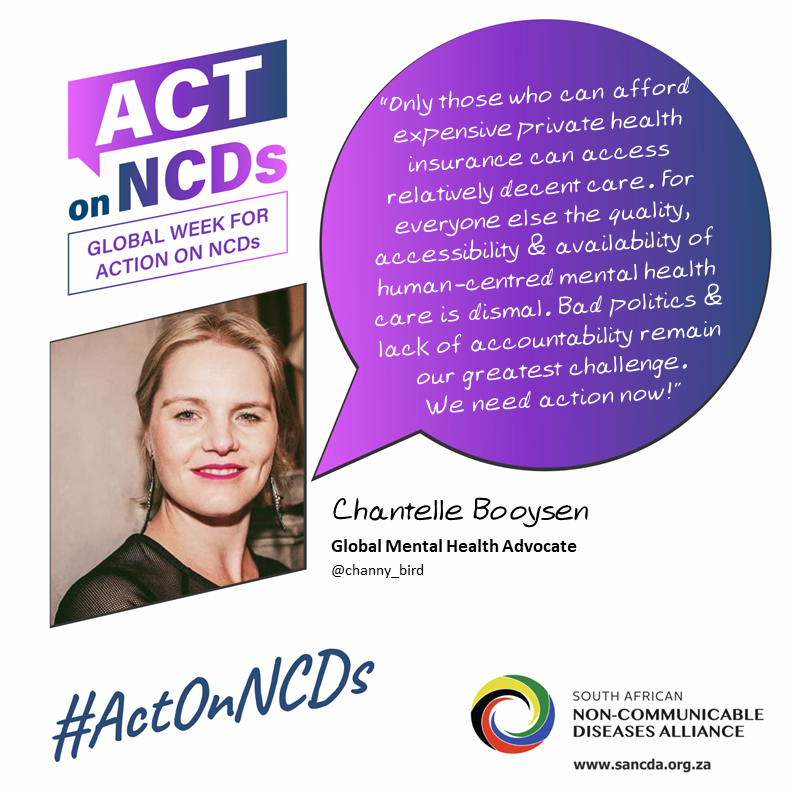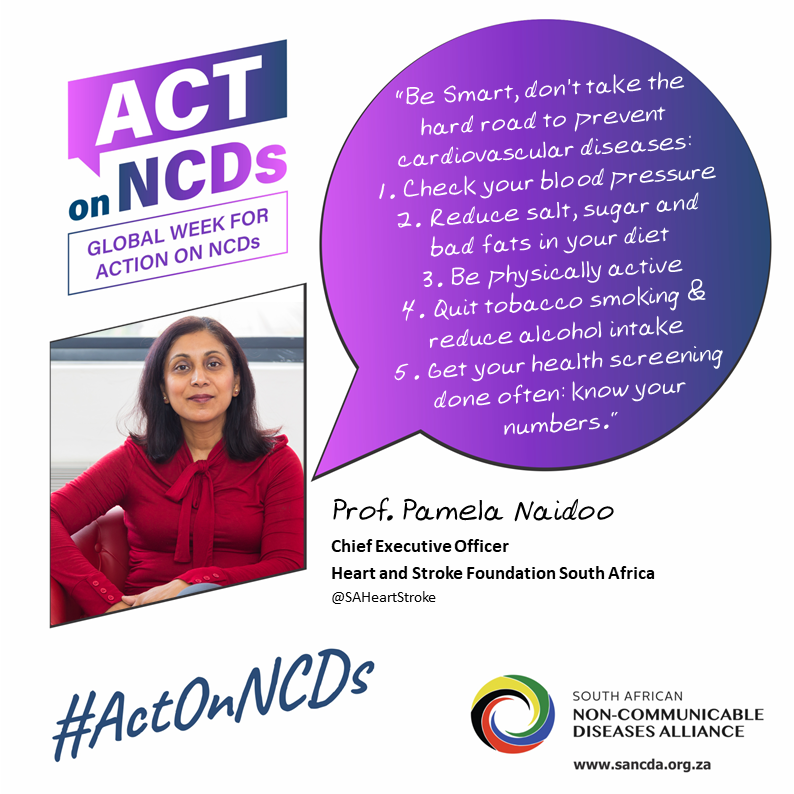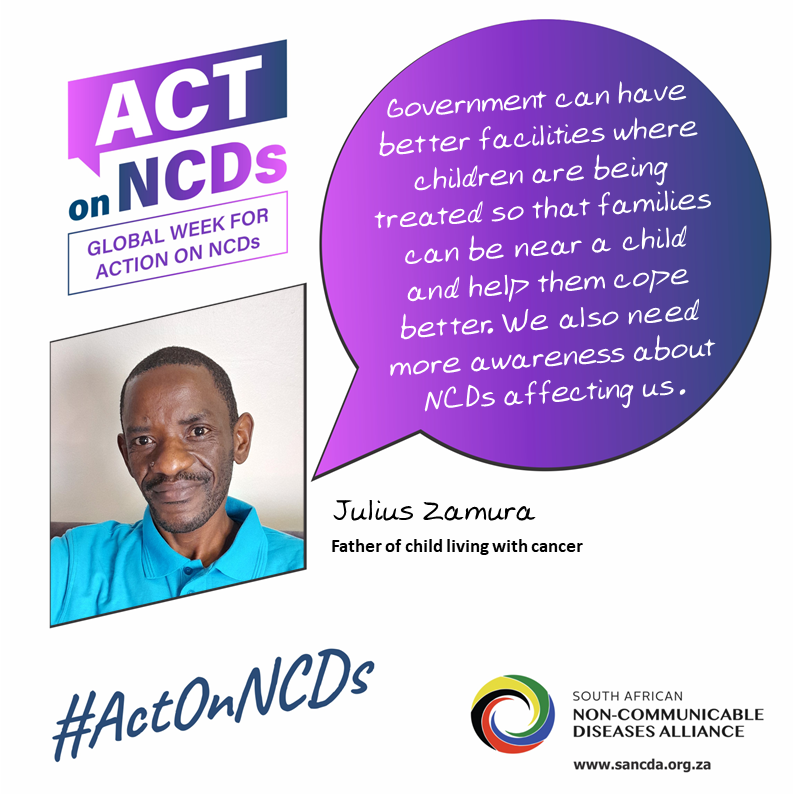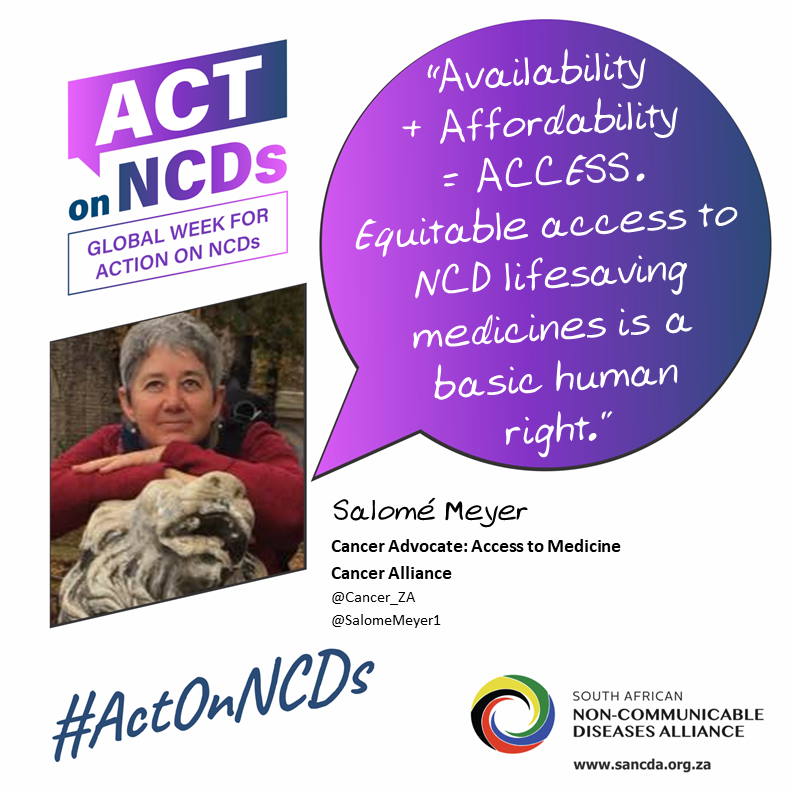- Among high-income countries, only Denmark, Luxembourg, New Zealand, Norway, Singapore, and South Korea are on track to meet the SDG target of a third reduction in NCD mortality by 2030 for both men and women at current rates of decline.
- Relationship between COVID-19 and non-communicable diseases highlights urgent need for governments to implement policies to prevent avoidable deaths from chronic diseases.
Around the world, the risk of dying prematurely from preventable and largely treatable chronic diseases such as stroke, heart disease, and stomach cancer has declined steadily over the past decade, but death rates from other chronic diseases such as diabetes, lung cancer, colon cancer, and liver cancer are declining too slowly or worsening in many countries.
Many countries are falling short or behind on their commitments to reducing premature mortality from chronic diseases, or NCDs. Among high-income countries, only Denmark, Luxembourg, New Zealand, Norway, Singapore, and South Korea are on track to meet the SDG target for both men and women if they maintain or surpass their recent rates of progress.
These are the findings of the 2nd edition of the NCD Countdown 2030 report, published on Friday 3 September in TheLancet, ahead of the Global Week of Action on NCDs 7-13 September week. The 1st NCD Countdown Report was released in 2018.
NCDs currently kill over 40 million people a year worldwide, making up seven out of ten deaths globally. 17 million of these deaths are of people younger than 70 years old and classed as premature; the great majority (15 million) of these deaths are between 30 and 70 years.
In 2015, world leaders signed up to achieve the United Nations’ Sustainable Development Goal 3.4 of a one-third reduction in deaths between 30 and 70 years of age from four key NCDs – cancer, cardiovascular disease, chronic respiratory disease, and diabetes – by the year 2030. The NCD Countdown 2030 report, led by Imperial College London, World Health Organization, and the NCD Alliance, reveals that the global goal to reduce premature mortality from NCDs by one third by 2030 is still achievable but many countries are falling short.
“No country can reach that target by simply addressing a single disease – what is needed is a package of measures, a strong health system, which addresses prevention, early detection and treatment, tailored to the national situation,” said Majid Ezzati, Professor of Global Environmental Health at Imperial College London, who led the study.
“Young people must lead the fight against NCDs. An estimated 150 million people will lose their lives too early from a noncommunicable disease over the next decade and right now NCDs are intensifying the impact of COVID-19,” said Dr Bente Mikkelsen, Director of NCDs, World Health Organization. “We must ensure that all NCDs are addressed in COVID-19 recovery plans so that we can turn this deadly tide. We cannot allow NCDs to become a generational catastrophe, where human potential is wasted, and inequality is exacerbated.”
NCDs in the context of the COVID-19 pandemic
People living with many NCDs are being disproportionately affected by COVID-19 – they are at a considerably higher risk of suffering severe illness and dying from the disease. At the same time, the ability to reach the UN targets is being challenged by the added impact of the COVID-19 pandemic which is severely disrupting the capacity of national health services to deliver regular screening, diagnosis, treatment and prevention of NCDs.
COVID-19 has exposed how a failure to invest in effective public health to prevent NCDs and provide health care for people living with NCDs can come back to bite us,” said Katie Dain, CEO of the NCD Alliance. “The good news is that all countries can still meet the 2030 targets, with sound policies and smart investments. NCD prevention and treatment can no longer be seen a ‘nice to have’, it must be considered as part of pandemic preparedness.”
In an editorial, The Lancet highlights that: “COVID-19 and NCDs form a dangerous relationship, experienced as a syndemic that is exacerbating social and economic inequalities… COVID-19 is a pandemic that must highlight the high burden that NCDs place on health resources. It should act as a catalyst for governments to implement stricter tobacco, alcohol, and sugar controls, as well as focused investment in improving physical activity and healthy diets. COVID-19 has shown that many of the tools required for fighting a pandemic are also those required to fight NCDs: disease surveillance, a strong civil society, robust public health, clear communication, and equitable access to resilient universal health-care
systems… COVID-19 must stimulate far greater political action to overcome inertia around NCDs.”
Tracking country progress on SDG 3.4
The UN measure of progress towards the SDG target 3.4 is reducing by one-third the risk of death between 30 and 70 years of age from four major groups of NCDs (cancers, cardiovascular diseases (CVDs), chronic respiratory diseases, and diabetes), termed NCD4. Based on recent (2010-2016) trends, the NCD Countdown 2030 report finds that:
- Among high-income countries, only Denmark, Luxembourg, New Zealand, Norway, Singapore, and South Korea are on track to meet this target for both men and women if they maintain or surpass their 2010–16 average rates of decline.
- 17 countries are already on track to reach the SDG target 3.4 for women: Belarus, Denmark, Iran, Kazakhstan, South Korea, Kuwait, Luxembourg, Latvia, Maldives, Norway, New Zealand, Russian, Federation, Singapore, Serbia, Timor-Leste, Ukraine.
- And 15 countries are on track for men: Bahrain, Belarus, Czech Republic, Denmark, Finland, Iran, Iceland, Kazakhstan, South Korea, Luxembourg, Maldives, Norway, New Zealand, Singapore, Slovakia.
- The risk of dying prematurely from NCD4 is declining rapidly in central and eastern Europe.
- However, large countries that showed stagnation or small increases in risk of premature death from these NCDs are Bangladesh (men), Egypt (women), Ghana (men and women), Cote d’Ivoire (men and women), Kenya (men and women), Mexico (men), Sri Lanka (women), Tanzania (men) and the USA (women).
Tracking progress on four major groups of NCDs
Worldwide, deaths from stroke, heart disease and stomach cancer are falling, although overall progress has slowed compared to the previous decade, according to WHO [3]. Deaths from diabetes, lung cancer,
colon cancer and liver cancer are stagnating or rising in many countries. The NCD Countdown 2030 report shows that (see figure 2):
- The risk of premature death from ischaemic and haemorrhagic stroke, heart disease, chronic lung diseases and stomach cancer declined faster than that of other causes. However, heart disease remains the leading cause of premature death in most countries for men and in about half the countries for women.
- In contrast, the risk of premature death from diabetes, colorectal cancer, liver cancer, breast cancer and prostate cancer declined more slowly than other causes, as did lung cancer among women.
- For lung cancer in women and colorectal, liver and prostate cancers in men, the risk of premature death increased in more than half of countries.
Policies to accelerate decline in premature mortality
The report notes that although premature death from NCDs is declining in the majority of countries, the
pace of change is too slow to achieve SDG target 3.4 in most. The authors used mathematical modelling to assess how many options countries have for accelerating mortality decline.
“To move forward we must learn from those countries that are doing well and replicate their strategies to NCD prevention and healthcare,” said Professor Ezzati. “Our analysis shows that every country still has
options to achieve SDG target 3.4 but they need to address multiple diseases and have strong health systems.” [2]
To that end the report highlights the set of interventions needed to move countries forward:
- Tobacco and alcohol control and effective health system interventions, such as a ban on advertising, increasing taxes, plain packaging, public smoking/drinking bans.
- Quality primary care – including equitable access to doctors’ surgeries and community-based clinics.
- Quality referral systems and consistent maintenance of people in care to help patients get the right treatment at the right time.
- A range of medicines and techniques available for early diagnosis and treatment – such as increased equitable access to preventative cholesterol-lowering, hypertension and diabetes medicines.
- Effective cancer screening and treatment – to diagnose and treat cancers earlier, reducing long-term health impacts and premature deaths.















